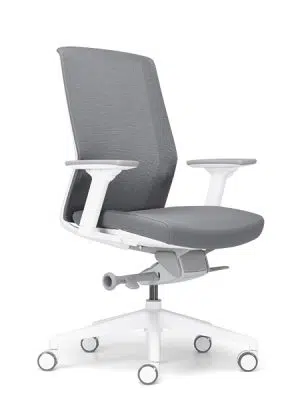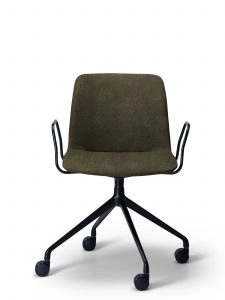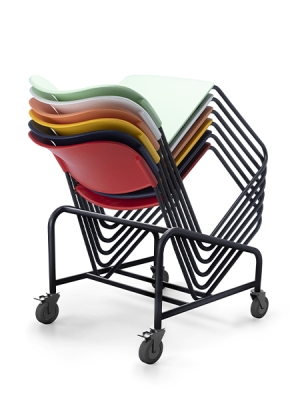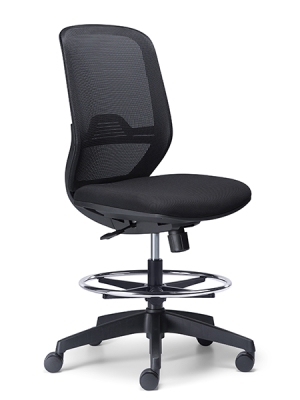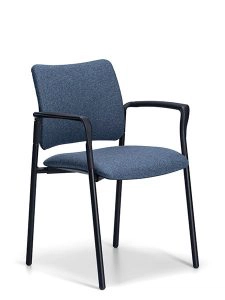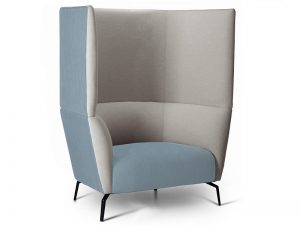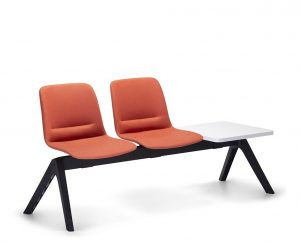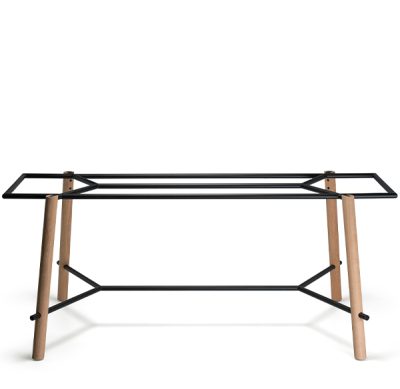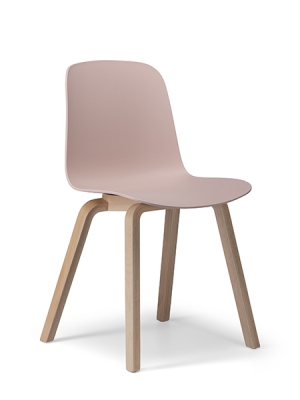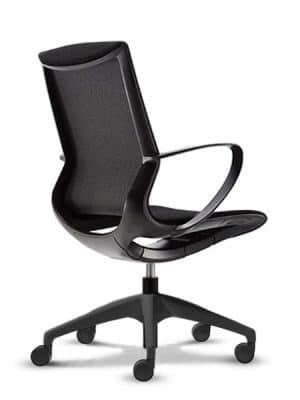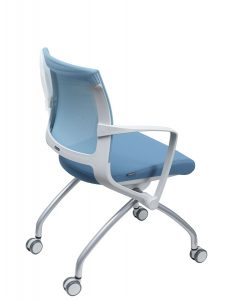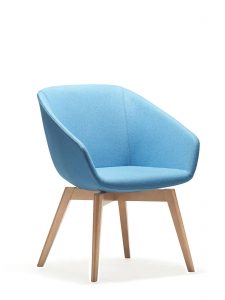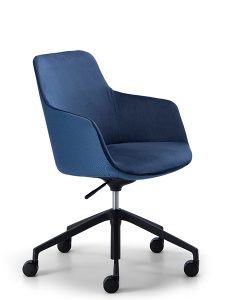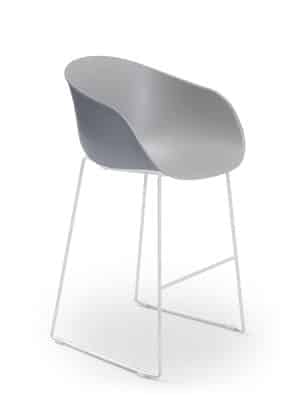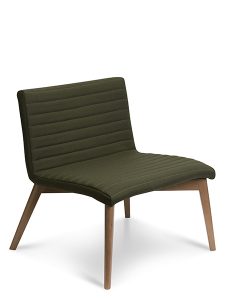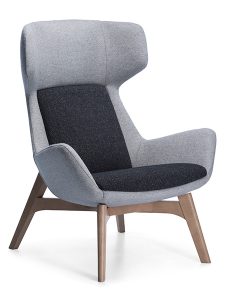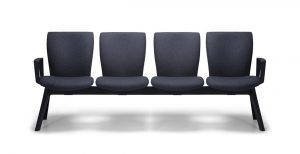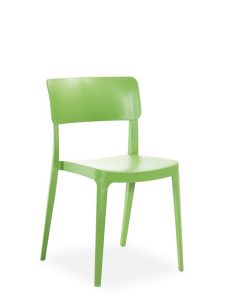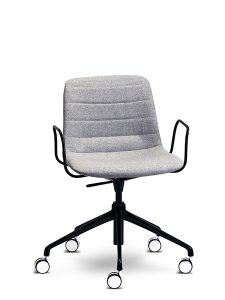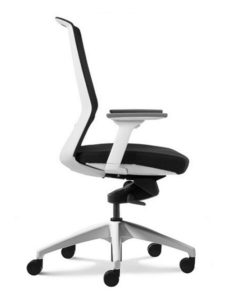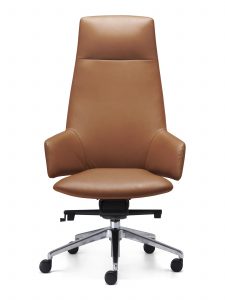An Interior Designer’s Guide to the Perfect Waiting Room
A waiting room is more than just a space for clients or patients to sit; it’s a critical part of a business’s first impression. Whether it’s a medical clinic or an office reception, the waiting area sets the tone for the visitor’s experience.
Designing the perfect waiting room requires balancing aesthetics, comfort, and functionality—all while reflecting the ethos of the business. This guide will explore practical tips for creating a welcoming waiting room that speaks volumes to visitors and creates a lasting positive impact.
1. Know Your Audience and Space Requirements
Every waiting room serves a different purpose based on the industry and its visitors. A medical waiting room will have very different needs compared to a high-end corporate office. Before jumping into design ideas, identify the unique needs of the people who will be using the space. Medical waiting rooms, for example, need to convey a sense of calm and safety, with chairs that are easy to clean and enough space to accommodate a range of seating preferences. On the other hand, a law office waiting area might lean towards an elegant, professional atmosphere, incorporating upscale décor and comfortable soft seating.
To understand the audience, ask yourself: Who are the visitors? How long will they be waiting? Will they have children or other dependents with them? Answering these questions will help inform many of your design decisions.
2. Choosing the Right Chairs: Comfort Meets Style
Seating is the star of any waiting room—the right chairs are essential for providing comfort while contributing to the room’s aesthetics. Advanta offers a range of waiting room seating that caters to different styles and needs:
- Visitor Chairs are perfect for environments that need versatile and practical seating. Visitor chairs are suitable for various waiting spaces, including offices and healthcare centres. Consider models that are ergonomic and stackable, offering comfort without sacrificing space efficiency.
- If you want to create a more relaxed, upscale atmosphere, soft seating options are ideal. Comfortable sofas or plush chairs can turn a waiting area into a lounge where visitors feel welcome to settle in. Soft seating is particularly well-suited for creative businesses or professional services that want to convey warmth and approachability.
- Beam seating is a practical solution for busy waiting rooms, such as medical practices, where space needs to be maximised. Beam chairs offer durability, ease of cleaning, and an efficient Reuse of space while maintaining a clean, cohesive look.
When choosing chairs, make sure they reflect the brand’s image, whether that’s luxury, efficiency, or approachability. Don’t forget to incorporate a mix of seating types to cater to different needs—armrests can be helpful for the elderly, while armless chairs may be more comfortable for children or those carrying bags.

3. Embrace a Neutral, Welcoming Colour Palette
The colour scheme of a waiting room can have a significant impact on the mood of the space. Soft, neutral tones such as greys, beiges, and light blues tend to create a calming atmosphere, while richer tones like deep greens or navy convey professionalism and sophistication. Neutral palettes also provide flexibility, making it easier to change accents, add décor, or adapt the space over time without the need for major overhauls.
Use accent colours sparingly through cushions, artwork, or decorative items to create visual interest without overwhelming the space. Plants can also serve as natural accents that bring in both a splash of colour and a touch of tranquillity—a win-win for any waiting room.
4. Balance Privacy and Openness
Privacy is a major consideration, especially in medical and counselling waiting rooms. Thoughtful layout and design can help strike the right balance between privacy and openness. Arrange seating in small clusters to give visitors personal space without creating barriers. Use furniture placement, partitions, or even plants to create subtle divisions within the room.
If the waiting room is in a healthcare or legal setting where confidentiality is paramount, consider using acoustic panels to reduce noise and enhance privacy. On the other hand, an office lobby should encourage openness, making the visitor feel welcome rather than confined.
5. Lighting Matters
The type of lighting you choose can make or break the ambience of a waiting room. Natural light is always the best option—it’s uplifting, reduces stress, and creates a more inviting space. If the waiting area has windows, make the most of them with sheer curtains that allow light in while still providing some privacy.
For artificial lighting, aim for a mix of soft overhead lights and task lighting, such as floor or table lamps. Avoid harsh fluorescent lights, which can make the space feel cold or sterile. Instead, choose warm, ambient lighting that enhances comfort and helps put visitors at ease.
6. Add Practical Touches to Keep Visitors Comfortable
Waiting is an inevitable part of the visitor experience, so offering comfort and convenience is key. Consider adding side tables so visitors have a place to put bags, drinks, or paperwork. If your client base includes families, a designated children’s corner with some books, small tables, and crayons can go a long way towards making parents feel more at ease.
Consider accessibility as well—ensure there’s space for prams or wheelchairs and that seating options are easy to use for people with mobility issues. This inclusive approach ensures everyone feels welcome and catered to in the space.
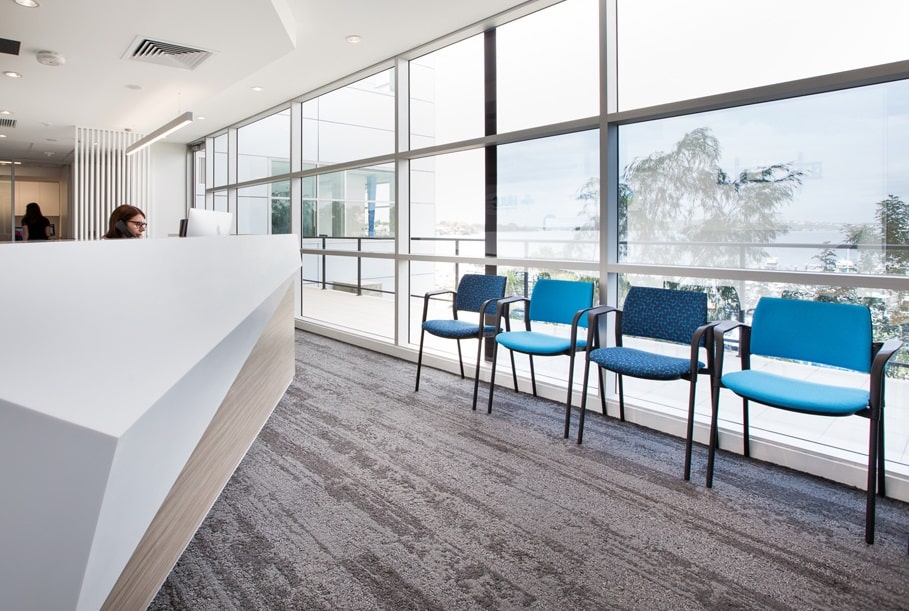
7. Finishing Touches: Art, Music, and Décor
The final layer of a waiting room is all about creating an inviting and memorable experience. Art can serve as a great conversation starter and helps reinforce the brand’s personality. Select pieces that reflect the culture of the business—abstract art may suit a creative agency, while landscape prints might be more appropriate for a healthcare practice.
Playing soft background music can further enhance the atmosphere, making the waiting time feel less prolonged. However, ensure the volume is kept low, and avoid anything too energetic or distracting. Small touches like magazines, water dispensers, or even a digital display showing the latest company updates can help engage visitors while they wait.
Ready to Transform Your Waiting Room?
If you’re ready to create a waiting room that blends comfort, functionality, and aesthetics, Advanta has the seating solutions you need. The right seating, a calming colour palette, a mix of lighting, and thoughtful décor choices all contribute to a positive first impression.
Whether you’re designing a commercial lobby or a medical waiting area, the ultimate goal is to create a space where people feel comfortable, at ease, and connected to the brand’s values.

